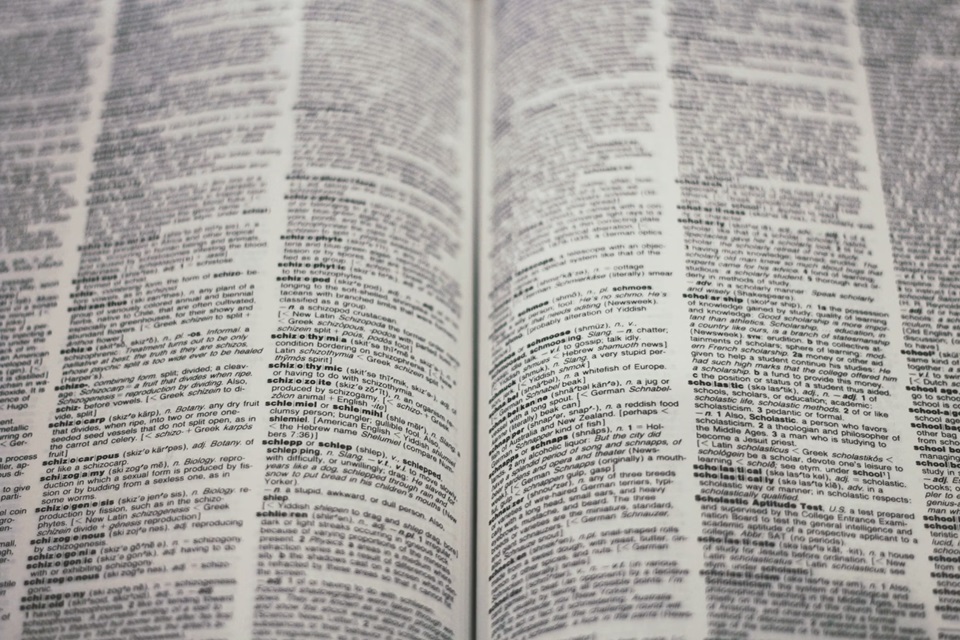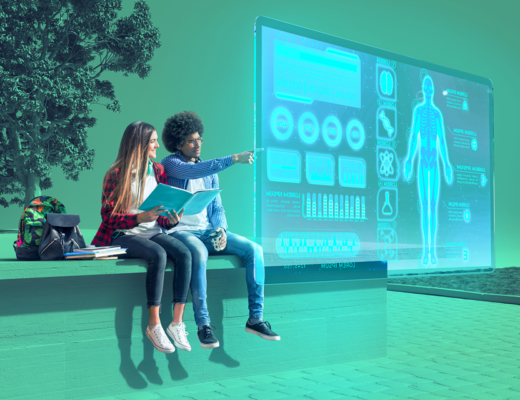AI’s influence on the modern media environment cannot be overestimated. Bots of various themes and complexity entered the creation of art, content, and video. Translation is another field where AI shows excellent results.
For now, people are looking for a essayservice reviews to find experts who will help them in translation. Yet, will human specialists remain, or will AI replace them for translation tasks? Let’s find out in this article.
The Nature Of AI Writers & Translators
AI language models operate on natural language processing algorithms. These algorithms have two significant steps: tokenization and embedding. Tokenization is the process of recognizing a single language unit as a token. Any piece of written language can be a token:
- A symbol;
- A letter;
- A word;
- A sentence;
- A paragraph;
- A phrase.
Each of these tokens becomes a building block for the AI model pre-training. The embedding process puts these tokens into a high-dimensional vector to capture the token’s semantic meaning. In that way, the AI learns to recognize patterns in natural language.
An AI needs a vast database of knowledge to recognize these patterns. Therefore, vast corpora of texts are pulled out to implement this training. AI language models learn various writing styles. They also learn from different sources to recognize almost any possible language pattern.
Yet, these are only the basics. An AI language model needs fine-tuning and specific data to be relevant and sufficient. Regarding translations, the AI language models have study patterns of numerous languages.
How AI Translation Works?
Regular AI language models can provide you with a sufficient level of translation. One of the most popular models – GPT-3, can translate most languages accurately. Yet, there are more sophisticated options as well. Modern translating software implements AI NLP algorithms. They also use specialized pre-training to provide accurate and nuanced translations.
The key to modern AI translation power is rigorous pre-training. Various texts became the primary sources for AI training. The language models learn the following elements:
- Linguistic patterns;
- Grammar;
- Idiomatic expressions;
- Contexts of specific tokens;
These elements help increase translation accuracy.
Prior Technological Development
AI technology did not appear out of the blue. Neural machine translation was the predecessor of the current AI language models boom. The statistical machine translation methods were sufficient for short phrases and sentences. Yet, they failed to capture the context in longer bits of text. Therefore, the power of neural networks was ushered to increase translation accuracy.
Recurrent neural networks (RNNs) have become one of the cornerstones of accurate machine translations. RNNs are capable of processing data sequentially. This approach allowed for handling more enormous data volumes in a single translation prompt.
Transformer architectures allow parallel processing of information. This technology enabled noticing and saving translation patterns that helped to enhance the overall translation process. The final preliminary component of modern AI translation is pre-trained neural network models. Models like Bidirectional Encoder Representations from Transformers (BERT) improved AI’s text understanding and translation capabilities.
Disadvantages & Limits
AIs have remarkable capabilities in terms of translation. Yet, there are still many drawbacks and limits in contemporary translation technologies.
Experts from professional platforms like SaveMyGrade can provide more accurate and nuanced translations than the most complex AI language model. Therefore, AI’s limitations should be considered when someone chooses a means of translation.
One of the most significant AI limits is the lack of context understanding. In many emotionally charged texts, authors use specific data. It can be:
- A cultural reference;
- An idiom of their homeland;
- A particular data that means more than a day in a calendar;
- An expression that creates a wordplay.
Due to the lack of understanding of these parameters, AIs will translate them directly. Otherwise, they may choose a translation of a similar piece used in another context. As a result, the final translation will be less accurate.
Besides historical and regional accuracy, AI struggles with the modern, ever-evolving language landscape. As a result, the translation of contemporary texts may be less accurate if performed by AI rather than by a real person.
Finally, emotional expressions. AIs can recognize patterns but cannot create diverse emotional images of the text. AIs tend to transfer emotions similarly, using the same patterns repeatedly. This approach renders the final translation accurate yet bland and stripped of originality. Currently, these limits do not allow AIs to become a full-fledged replacement for human specialists.

Application Cases For AI-Language Models Translation Capabilities
Despite present drawbacks, AI language models can still contribute to media translation. Human experts remain unparalleled in natural translation. A well-trained translator can transfer the meaning from one language to another and adapt it. The translation process consists of three main steps:
- Gathering the meaning of the source text;
- Understanding it;
- Choosing the proper means of adaptation.
Only a human can perform this task. Genuine, authentic translation lies beyond simple pattern recognition.
AI can become closer to human translation only when true AI appears. True AI is a concept that implies an understanding of the context by the machine. This level of technology is still a far reach for our current level of science. Nevertheless, human translators can still benefit from using AI. They can become valuable translation tools.
If human experts struggle with a particular text, they can ask the AI language model for different translation options. Besides, a human translator can apply AI language models to brainstorm ideas for translating a specific piece of text.
Besides, AIs can translate significant volumes of text in a short time. AI language models can provide preliminary translations that human experts will hone afterward. While raw AI translations are flawed in academic and entertainment fields, they can still enhance the process.
Bottom Line
AI language models are a pinnacle of modern software engineering. They can solve numerous tasks, and translation is one of them. Several factors contributed to modern AI translation capabilities. Due to prior technological development, AI language models can provide accurate translations.
Yet, AIs are still inferior to humans. AI language models cannot translate cultural and emotional backgrounds accurately. Therefore, only a human expert can craft a multilingual masterpiece.








No Comments